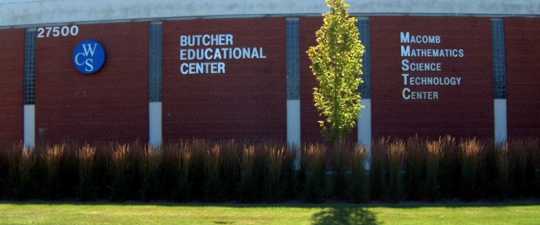Plan for schools fit for achievement, some say
Obama's program to modernize schools around the country could make big difference, educators say
BY LIBBY QUAID • ASSOCIATED PRESS • January 1, 2009
WASHINGTON -- Barack Obama probably cannot fix every leaky roof and busted boiler in the nation's schools. But educators say his sweeping school modernization program -- if he spends enough -- could jump-start student achievement.
More students than ever are crammed into aging, run-down schools that need about $255 billion in repairs, renovations or construction. While the president-elect is likely to ask Congress for only a fraction of that, education experts say it still could make a big difference.
"The need is definitely out there," said Robert Canavan, chairman of the Rebuild America's Schools coalition, which includes both teachers unions and large education groups. "A federal investment of that magnitude would really have a significant impact."
Obama is promising to give every student access to the Internet. Outgoing Education Secretary Margaret Spellings pointed out that billions already has been spent through the E-Rate program.
"We should never spend money in the public sector, especially in education, unless we're getting something for it, unless it's to some good end," Spellings said. "I commend him (Obama) for taking that on. That's another very ripe area. But not unless it's moving the needle for kids."
There's widespread agreement, however, that improving classrooms helps student performance.
Studies in Houston, New York City and North Dakota have made a link between classroom conditions and performance; in the New York study, researchers found students in crowded classrooms scored lower in math and reading.
Nearly half the principals in primary and secondary schools said deteriorating conditions are interfering with learning, according to the Education Department.
Judi Caddick, a middle school math teacher in Lansing, Ill., just south of Chicago, said in the older part of her World War II-era school, classrooms had just two power outlets, forcing teachers to string extension cords into the rafters or to unplug a TV power point presentation in order to plug in a computer for a child.
"It looked like a spaghetti bowl," Caddick said.
A new school is almost complete.
"It's a huge difference," Caddick said. "We don't have to have necessarily state-of-the-art and fluffy stuff. But at least when you don't have mold problems, and you don't have things that are broken, and you don't have an inability to use the technology, it's an investment."
Subscribe to:
Post Comments (Atom)

No comments:
Post a Comment